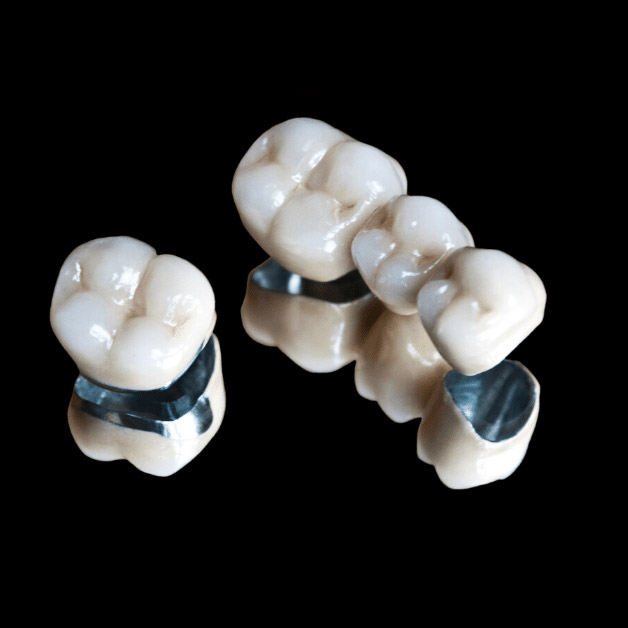Introduction to Dental Bridges and Crown Procedures

Dental bridges and crown procedures are essential treatments in restorative dentistry that aim to restore the functionality, aesthetics, and overall health of the teeth. Dental bridges are used to replace one or more missing teeth by anchoring them to the adjacent natural teeth or dental implants. On the other hand, dental crowns are tooth-shaped caps that are placed over damaged or weakened teeth to protect and strengthen them. In recent years, there have been significant advancements in dental bridge and crown procedures, leading to improved outcomes and patient experiences.
1. Digital Impression Technology
Advancements in digital impression technology have revolutionized the process of creating dental bridges and crowns. Instead of using traditional putty-like materials to take impressions of the teeth, dentists now employ intraoral scanners to capture highly accurate digital impressions. This not only saves time but also ensures a more comfortable experience for patients.
2. Computer-Aided Design and Computer-Aided Manufacturing (CAD/CAM)
CAD/CAM technology allows for the creation of dental bridges and crowns with precise measurements and customized designs. Utilizing computer software, dentists can design restorations that perfectly fit the patient's mouth. Then, these digital designs are sent to milling machines to create the final restorations from high-quality materials such as ceramic or zirconia. CAD/CAM technology enhances the accuracy and aesthetics of dental bridges and crowns.
3. All-Ceramic and Zirconia Materials
All-ceramic and zirconia materials have become increasingly popular in dental bridge and crown procedures due to their superior aesthetics, durability, and biocompatibility. These materials closely resemble natural teeth and can withstand the forces of biting and chewing. With advancements in material science, all-ceramic and zirconia restorations offer long-lasting results and eliminate the need for metal frameworks, promoting better oral health.
4. 3D Printing
3D printing technology has found its way into restorative dentistry, enabling the production of dental bridges and crowns with remarkable precision. Dentists can now create physical models and temporary restorations using 3D printers, allowing for efficient treatment planning and patient communication. This technology streamlines the dental bridge and crown fabrication process, resulting in better-fitting restorations.
5. Digital Shade Matching
Digital shade matching systems have improved the accuracy and reliability of choosing the correct color for dental bridges and crowns. These devices use advanced technology to analyze the patient's natural teeth and determine the most suitable shade and color match. Digital shade matching enhances the aesthetics of dental restorations, ensuring a seamless blend with the patient's existing teeth.
Conclusion
The field of dental bridges and crown procedures has witnessed significant advancements that have revolutionized the way these restorations are created and implemented. From digital impression technology to CAD/CAM systems and the use of high-quality materials like all-ceramic and zirconia, these advancements have led to improved aesthetics, durability, and patient comfort. Additionally, 3D printing and digital shade matching have further enhanced treatment planning and overall outcomes. With these advancements, dental professionals can provide their patients with highly customized and effective solutions for restoring their smiles and oral health.




